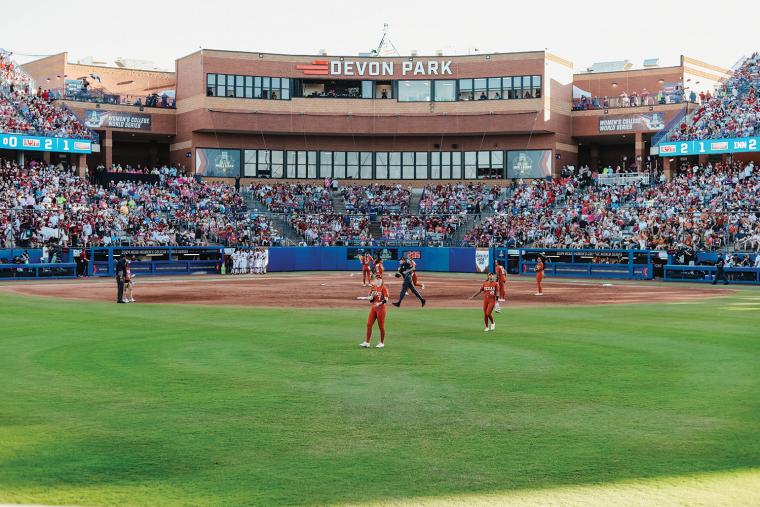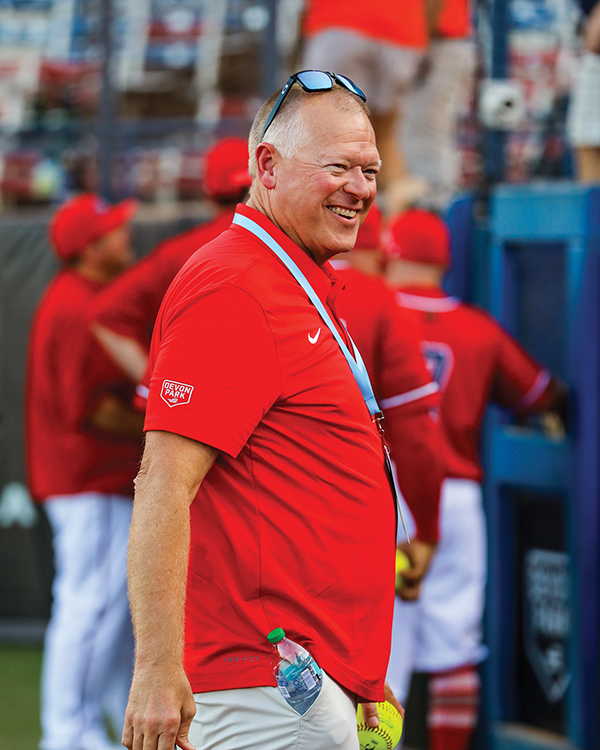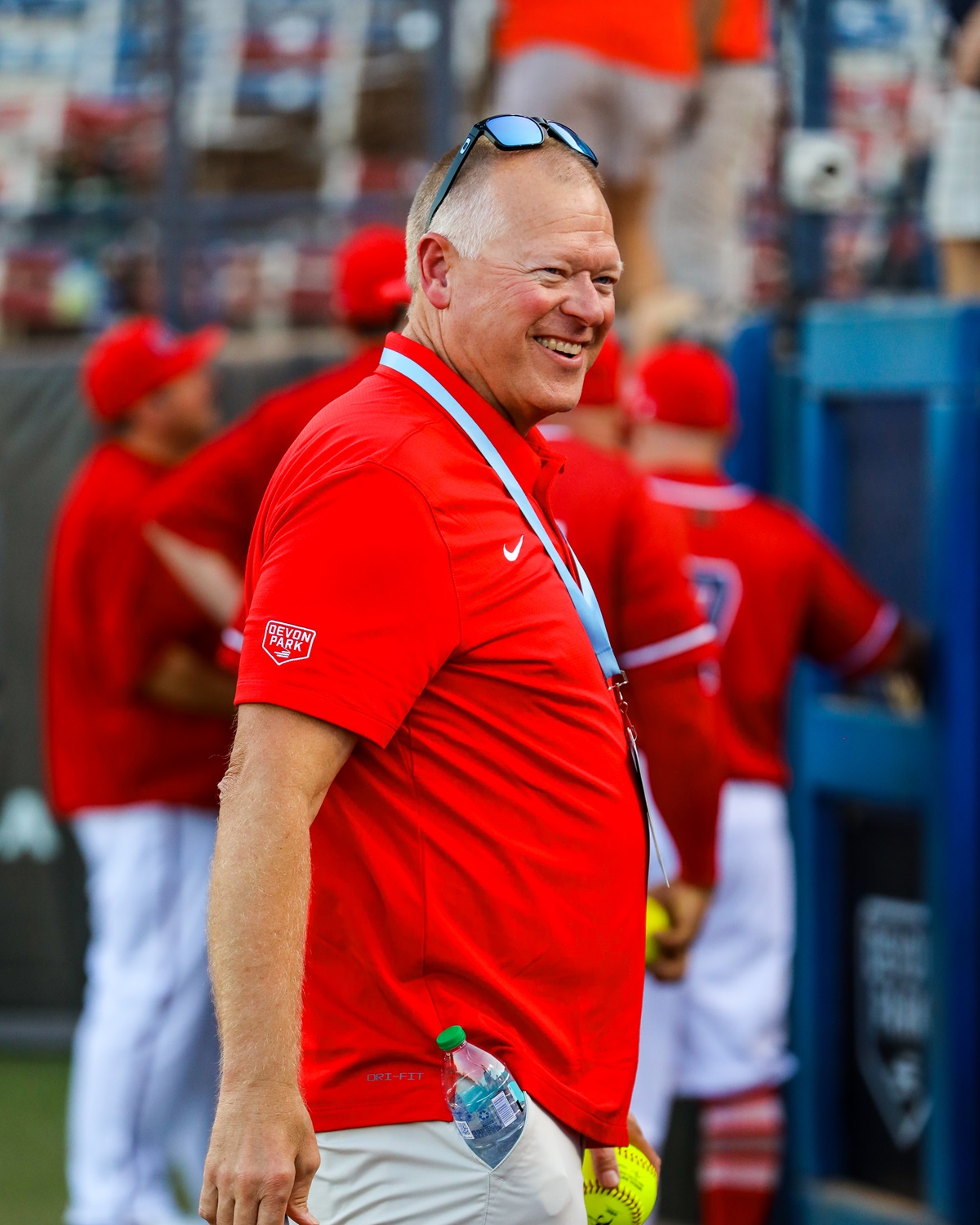

www.usasoftball.com
USA Softball is the governing body for the United States national softball team and oversees more than 150,000 amateur teams nationwide.
Sports Destination Management: Is USA Softball focused on adult play or youth?
Craig Cress: We like to say we have softball for ages eight to 80 but actually, it starts even younger than that; we have kids of four, five and six years old who are playing. At that age, they hit the ball and sometimes they run in the right direction and sometimes they don’t. It’s the innocence of the sport.
SDM: Do the kids stick with the sport?
Cress: Some may gravitate from it but then many will gravitate back to it.
SDM: You also have older players.
Cress: I’m amazed by the senior softball players who are still active. I just went to a tournament with more than 650 teams. Softball really is a sport that all ages can play.
SDM: And we’ll see softball (and baseball too) back in the Olympics in 2028.
Cress: We keep asking ourselves, “How many more times can we take this roller coaster ride?” This is a sport that is played in other countries besides the USA. The next Olympics will be in Brisbane and we’re already working on trying to get there.
SDM: USA Softball has a lot of events; how do you choose locations for them?

Cress: We have a total of 62 local associations so we like to work with those to help us find the places that will work best. Sometimes they work with sports commissions or convention and visitors bureaus.
Every year, we also host about 25 events at our facility, Devon Park in Oklahoma City, although some years, we have hosted as many as 32 events there. Our season is from March 1 to about the third week in October.
SDM: What is the inventory of softball facilities like in the USA?
Cress: There are good facilities out there. We are seeing more and more games played on turf; there is a lot less maintenance involved with those and you don’t have to worry about the surface as much. In fact, the last Olympic softball games were played on turf.
SDM: There has been a lot of attention paid to women’s softball at the college level; do a lot of players move there after playing in high school?
Cress: Only about seven to eight percent go from high school to college softball. However, I do think there are more opportunities to play softball in college than before, not just in Division I but in other divisions and even in the junior colleges. What is also interesting is that we’re seeing players from the USA who have finished their college careers go to other countries to play on clubs there for a while: Australia, New Zealand, Europe – if that is something people aspire to do, we’ll help them.
SDM: What is the biggest challenge facing softball?
Cress: First, I would say it’s the number of sports out there for people to try. At the same time, there can be 25 or 26 different organizations out there offering teams and tournament opportunities. Our challenge is the fact that we require coaches and umpires to be educated and to complete SafeSport training. Not all organizations follow that.
It goes back to economics, too. Everybody wants their kid to get an athletic scholarship. I am not the most popular because I tell people to use a savings program instead. I’m doing that for my grandkids right now, in fact. A lot of parents are trying to get their kids noticed by colleges; I’ve seen cases where kids are great youth players in high school and and then get burned out on sports but eventually, they’ll come back to the slow-pitch game with their friends. Softball is a sport for everybody. People have all kinds of reasons for playing: for recreation, to have fun, to be competitive – well, everyone wants to win; that’s only human. SDM

